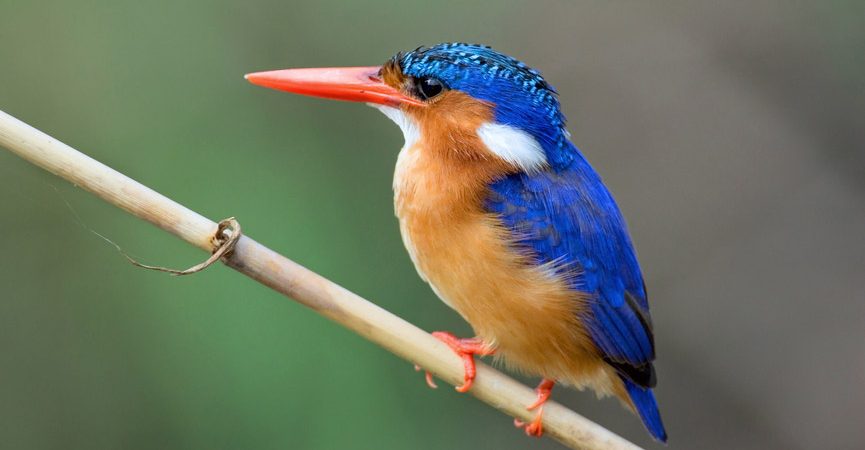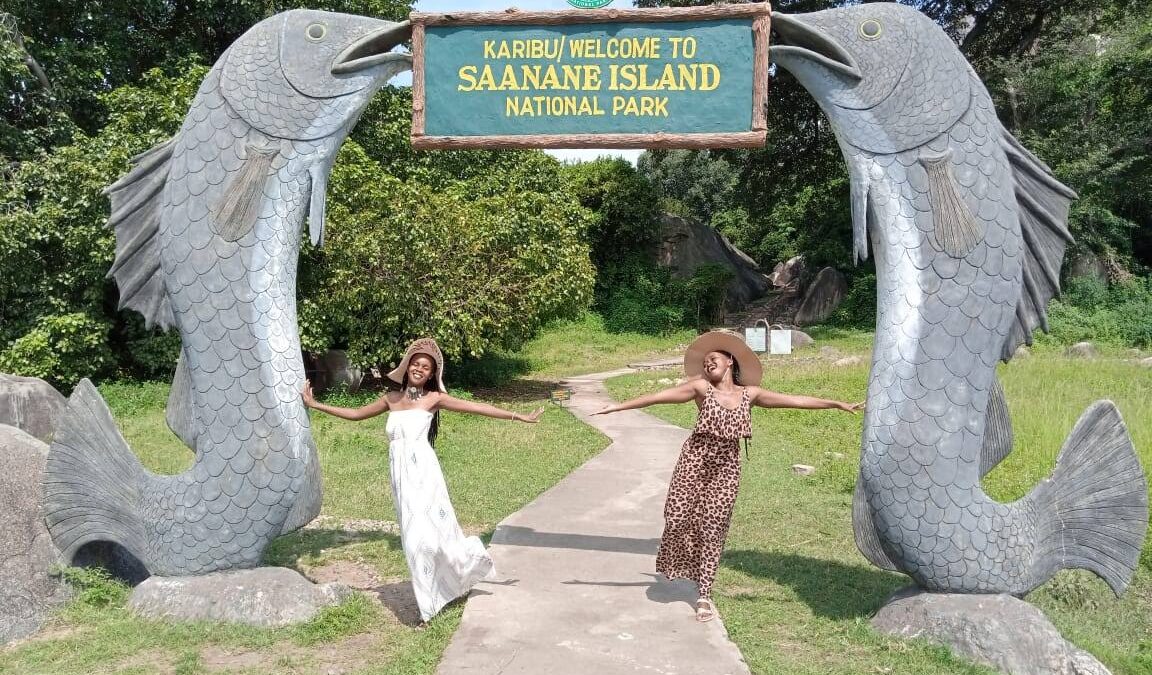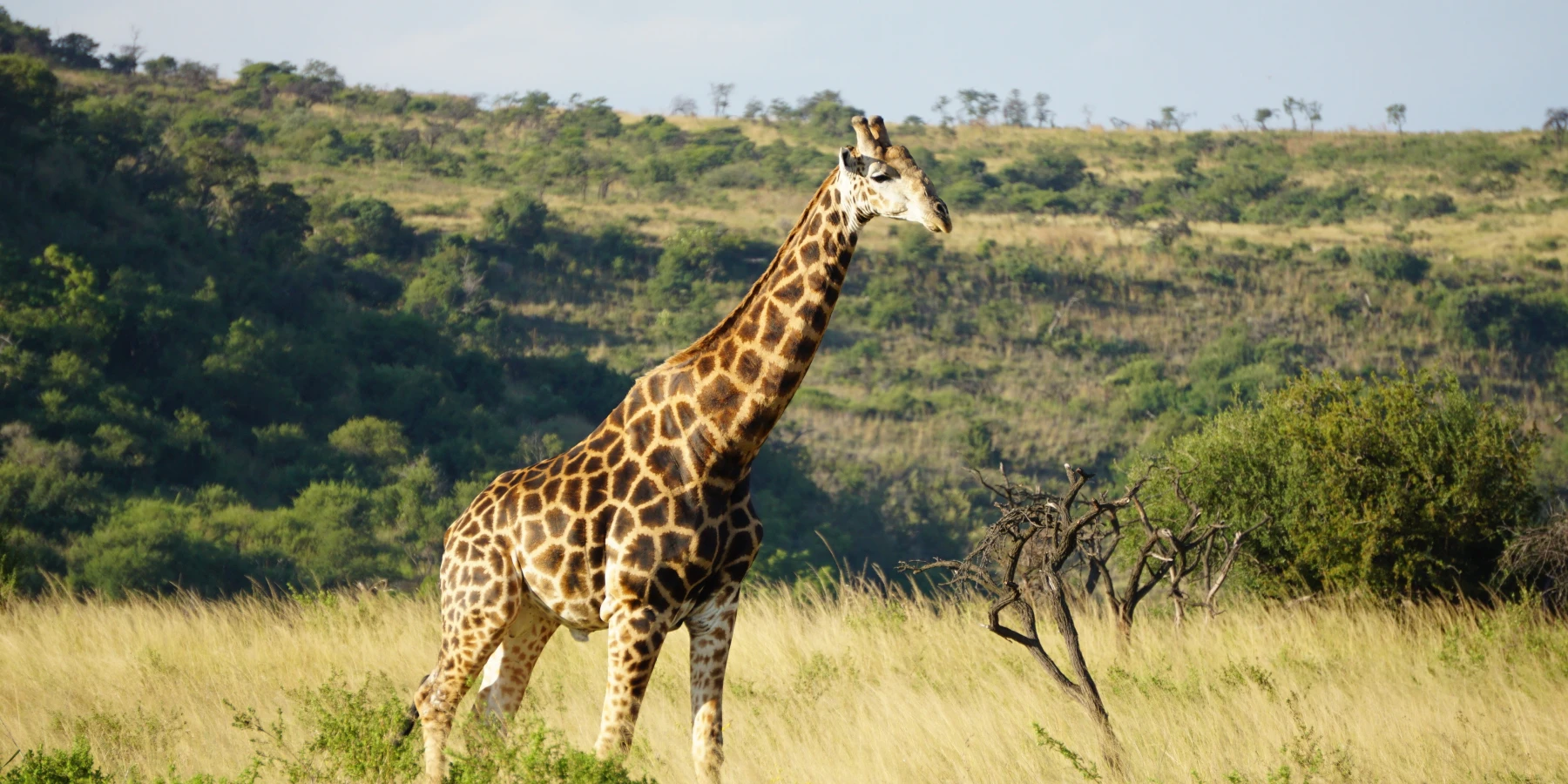Things to do in Queen Elizabeth National Park : Queen Elizabeth National Park It is…
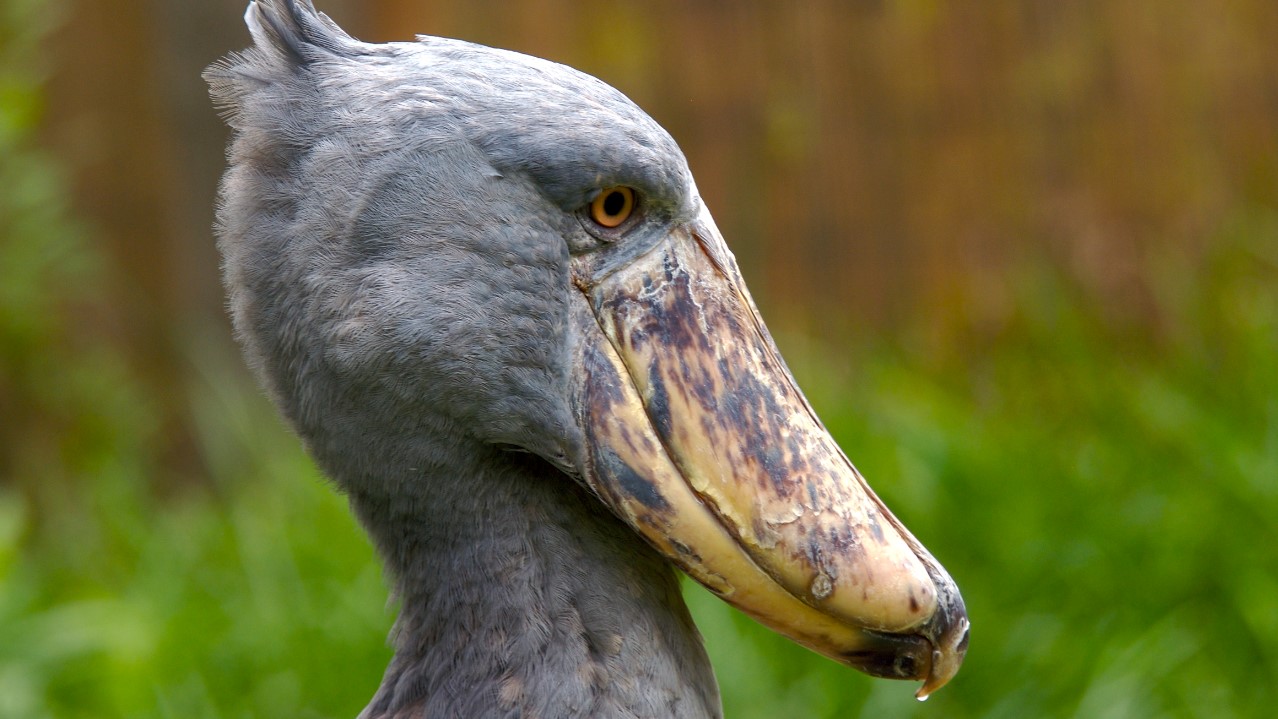
Best time to do birdwatching in Uganda?
Best time to do birdwatching in Uganda? Due to its tropical environment and proximity to the equator, Uganda experiences good weather all year round, with daytime highs of 18 to 33 degrees Celsius and significantly lower lows.
There are two rainy seasons in Uganda each year, lasting from March to May and another from late September to November.
In contrast to wooded birding locations like Bwindi Forest Park, Semuliki National Park, Kibale National Park, and Budongo Forest, some birding destinations in Uganda, such Murchison Falls National Park and Kidepo Valley National Park, are desert and so less influenced by rain.
Best Time to Go Birding in Uganda.
What time of year is ideal for birdwatching in Uganda? The best months to travel to Uganda for birdwatching are June, July, August, and September, with August being the most popular. August is regarded as the greatest month for bird viewing, eco tours, and a variety of other things.
A number of migrant African birds arrive in Uganda in August from southern Africa. Some cuckoos, such the Barred Long-tailed Cuckoo, spend the summer there.
They also include the Endangered Blue Swallow, which breeds in Malawi and Zimbabwe’s high-altitude grasslands before relocating to a totally different habitat. Typically, these birds visit Mabamba Swamp.
The dry months of June, July, August, and September make travel easier and guarantee that a downpour won’t cancel your birding ecotour.
The remainder of Uganda’s incredible wildlife has access to lots of food during this month as well. Due to the abundance of figs, which all species of great apes and smaller monkeys adore, primate viewing may be more successful as a result.
Tips on Tropical Birding
The summer months are when most Americans, Australians, and Europeans want to travel for a tropical birding vacation. On your tropical birding tour, check out our list of suggestions for seeing more birds.
- Maintain silence.
Birds are alarmed by loud noises and take flight to safety. Birds have much better hearing than you may imagine, making it quite difficult to sneak up on them. However, if you make as little noise as you can, you might get closer to tropical birds.
- Avoid making sudden moving up close to tropical birds.
Tropical birds are prone to flee from sudden movements and loud noises. You need to be a competent stalker, moving slowly and carefully, to be able to approach birds. A bird may fly away if you make a sudden movement, even while holding your binoculars up to your eyes. You should walk slowly the closer you get to tropical birds.
- Investigate the habitat.
Every bird is specially adapted to its surroundings. While Shoe Bill storks need a swamp and African jacanas prefer savanna grasslands, Great blue turacos prefer forested and swampy areas. The tropical birding destination you select will have a significant impact on what you see.
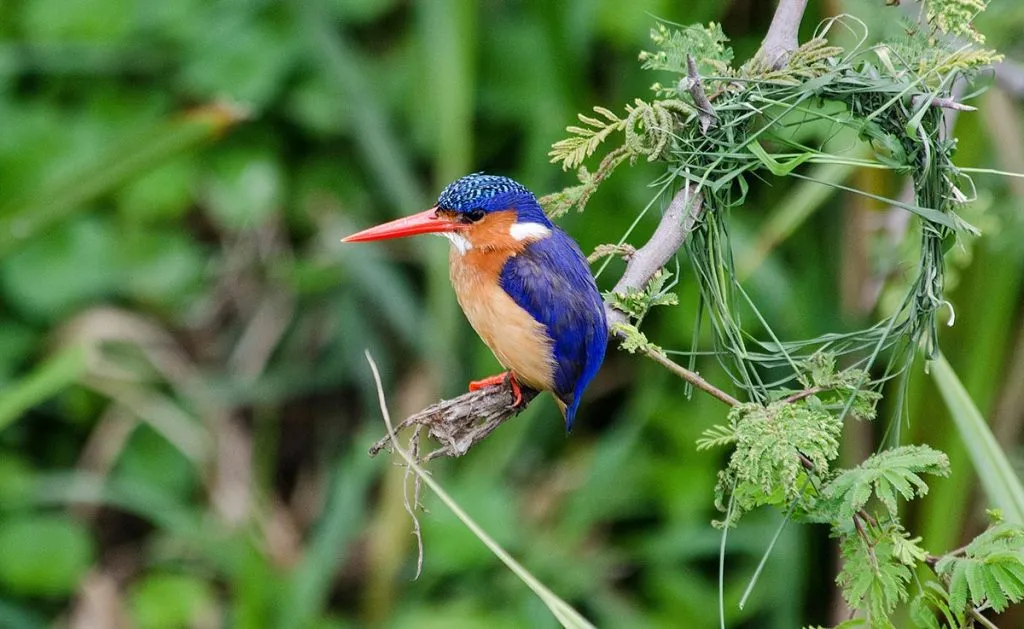
- Have patience.
Being patient and waiting for the birds to appear in the optimal position so that you may take their picture is often required during bird watching.
- Get the sun behind you.
The bird you’re trying to identify may turn into a dark shadow when it’s in the direct line of the sun.
- Experiment with pishing.
This approach is creating a low whistled pish by blowing air between your locked teeth. Such sounds attract small tropical birds, which frequently fly into view to investigate.
- Dont wear bright color cloths.
Birds with poor color vision are typically the focus of tropical birding excursions; however, bright clothing, such as whites, will contrast with the surroundings and increase the visibility of movement. Wear khakis so that you blend in with the surroundings. There is no proof that neutral, black clothing outperforms camouflage gear.
What to Pack on your Uganda Birding Tour
- Binoculars
- A field guide to birds
- Nice Camera and lenses
- Spare batteries, carry a flashlight, torch, or headlamp.
- Toiletries
- Medication
- Yellow Fever Certificate

